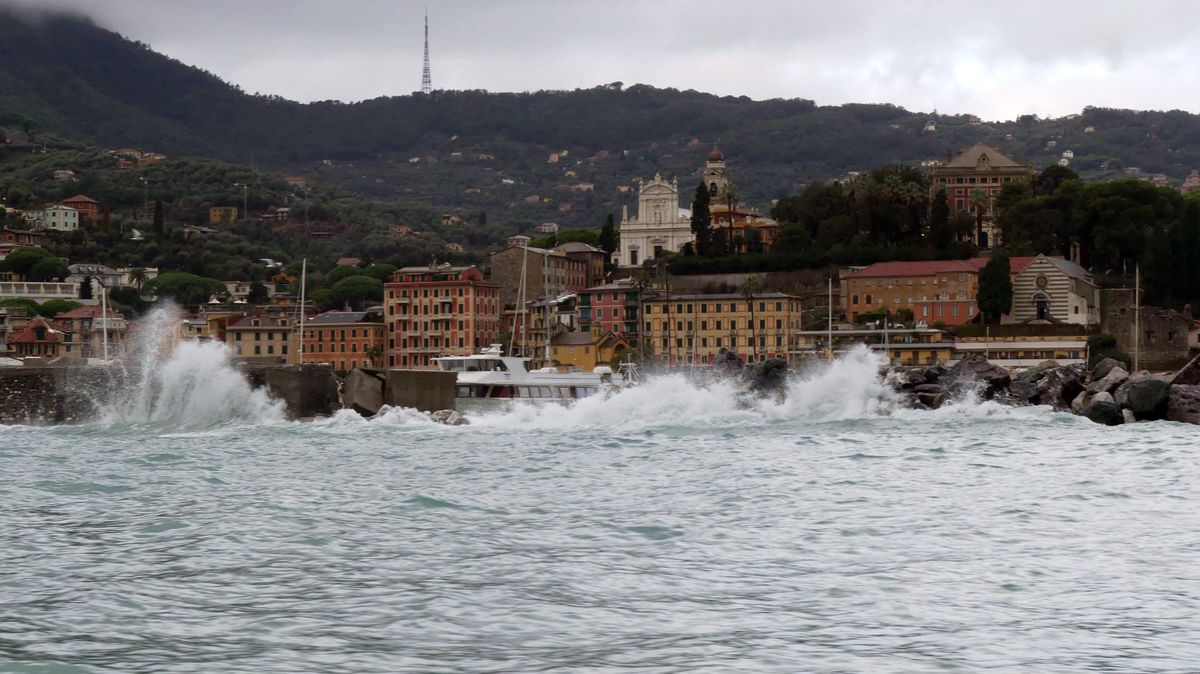Venice floodwaters ease; Italian storms kill 2 more people

VENICE, Italy – Wearing colorful disposable boots, tourists enjoyed outdoor cafes Thursday in St. Mark’s Square in Venice as waters receded from an exceptional high tide.
With their feet in water, they sat at tables in the lagoon city’s showcase square and ate ice cream, three days after the famed Italian city saw its highest level of flooding since 2008.
Water levels in Venice reached more than 5 feet on Monday. While dramatic, that was more than a foot lower than the 76 inches of water that devastated Venice in 1966.
But elsewhere in Italy, the death toll rose to at least 14 from the heavy rains and strong winds pummeling much of the country this week, and many regions warned that Thursday’s storms could do more damage.
Two people were killed when a falling chestnut tree crushed their car in the mountainous northwest region of Val d’Aosta.
The Italian news agency ANSA also reported Thursday that a man died of injuries suffered earlier this week when his car crashed into fallen trees in the Alpine region of South Tyrol.
Storm damage also cut off roads to the picturesque western town of Portofino, leaving ferries the only transport to and from the Mediterranean port for the next few days.
In Florence, the Boboli Gardens, a popular tourist attraction where cypresses had fallen a few days ago, were reopened to visitors.
In Venice, in the heart of the city and near the Grand Canal, the wind and rain dealt St. Mark’s Basilica its fifth most-serious flood in more than 900 years. The damage was concentrated in the atrium of the church, which is a fine example of Roman, Byzantine and Venetian culture. The basilica was re-opened to visitors on Wednesday.
Many in Venice are hoping that an ambitious water engineering project nicknamed Moses – in reference to the Biblical figure – will spare the city from more disastrous flooding in the future. The project calls for underwater barriers that can be raised when a combination of high tides and strong winds is predicted to prevent waters from entering the lagoon and flooding the city. But the project has been plagued by cost overruns and corruption probes.
The moveable barrier project “is the only one that can save the city of Venice from this type of event,” Pierpaolo Campostrini, in charge of technical services to protect the basilica, told reporters this week.
He noted that when the base of the church’s marble-covered columns are lapped by floodwaters – which happened in Monday’s flooding – the salt in the water damages the bricks inside the columns.
When the basilica was constructed, the lagoon’s waters were more than 5 1/2 feet lower than current levels, he said.